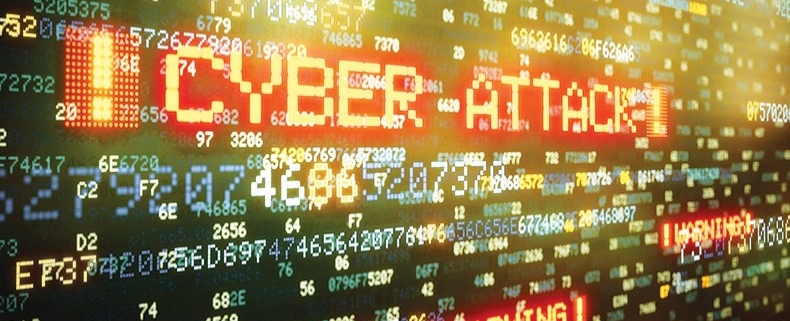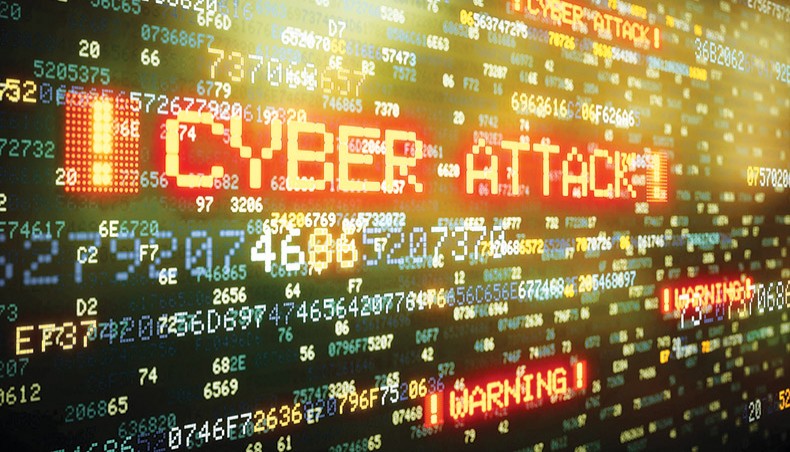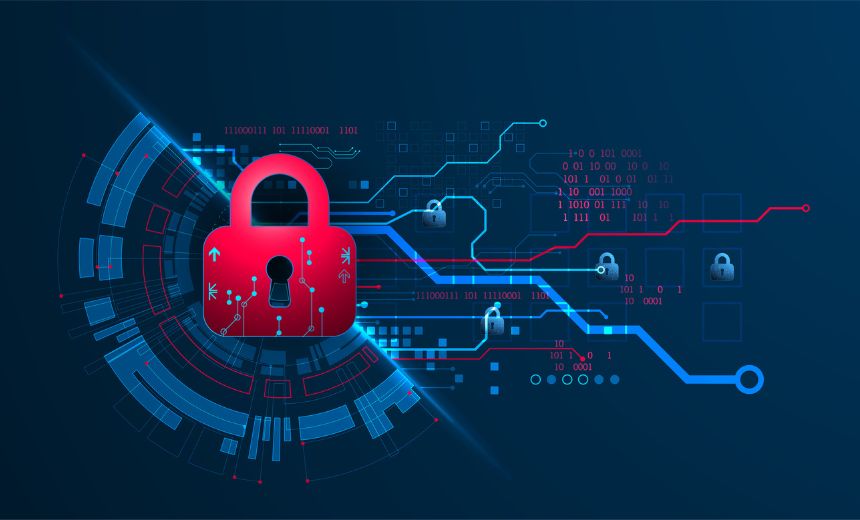Australia Ramps Up Cyber Defence, Aiming to Shield Against Modern Warfare Threats
As the world watches the evolution of warfare in the 21st century, a significant shift is taking place down under. In November 2023, the Australian Defence Force (ADF) personnel alongside defence industry officials congregated in Canberra, marking a pivotal moment in the country’s defence history. This gathering, known as the ADF’s Cyber Skills Challenge, is not just another event; it’s a testament to Australia’s commitment to fortifying its cyber-defence capabilities in an era where digital battlegrounds are as consequential as physical ones.
Strengthening the Cyber Frontline
The urgency to bolster cyber-defence mechanisms has never been more critical, especially in light of the ongoing Russia-Ukraine conflict, which has showcased the extensive use of cyberwarfare. The Australian Department of Defence (DoD), spurred by the Defence Strategic Review (DSR) released in April 2023, is on a mission to overhaul its cyber and information operations. The DSR’s recommendations are clear: to address non-geographic security threats effectively, integrating defence mechanisms for command, control, communications, and computer (C4) networks is imperative. Moreover, centralizing cyber domain capability development and management alongside building a skilled cyber workforce are steps the DoD cannot afford to overlook.
The Path to Cyber Resilience
The ADF’s Cyber Skills Challenge is just the tip of the iceberg in Australia’s comprehensive strategy to navigate the treacherous waters of modern hybrid warfare. With a sizable investment in the Advanced Strategic Capabilities Accelerator (ASCA), earmarking $3.4 billion over the next decade, and the initiation of the AUKUS Innovation Challenge focusing on electronic warfare, the momentum is building. These initiatives are complemented by advancements in artificial intelligence, autonomy, and undersea warfare capabilities, underscoring the multifaceted approach Australia is taking to bolster its cyber capabilities and integration with other warfighting domains.
Leadership and Coordination at the Helm
At the heart of this transformative journey is Lieutenant General Michelle McGuinness, who…




